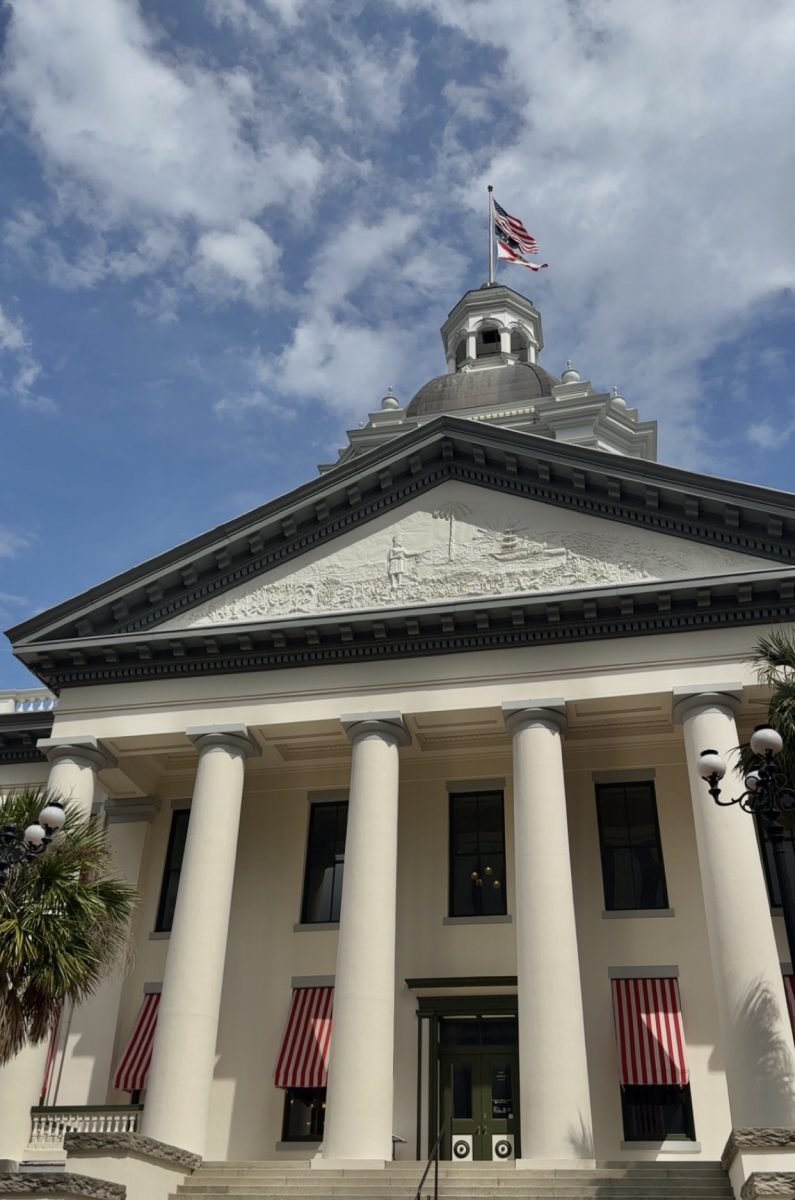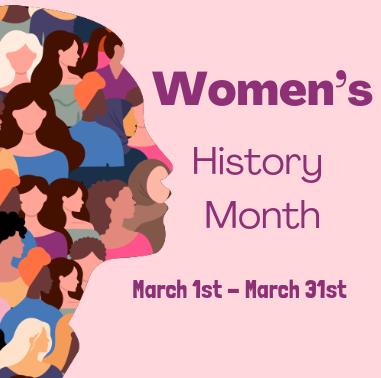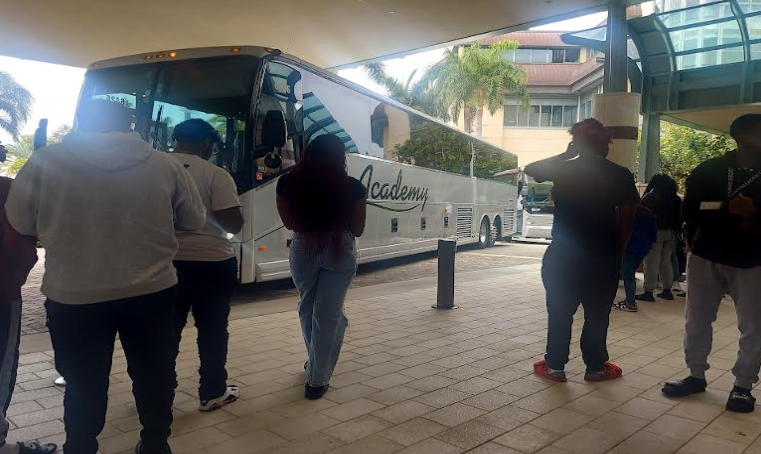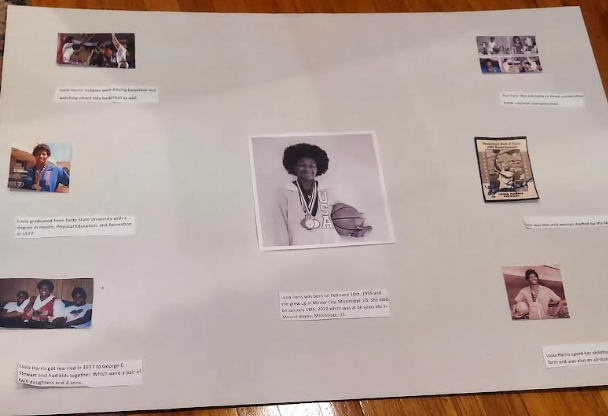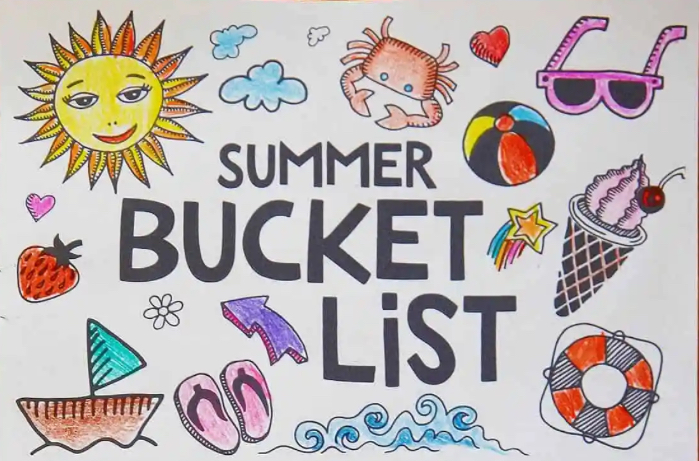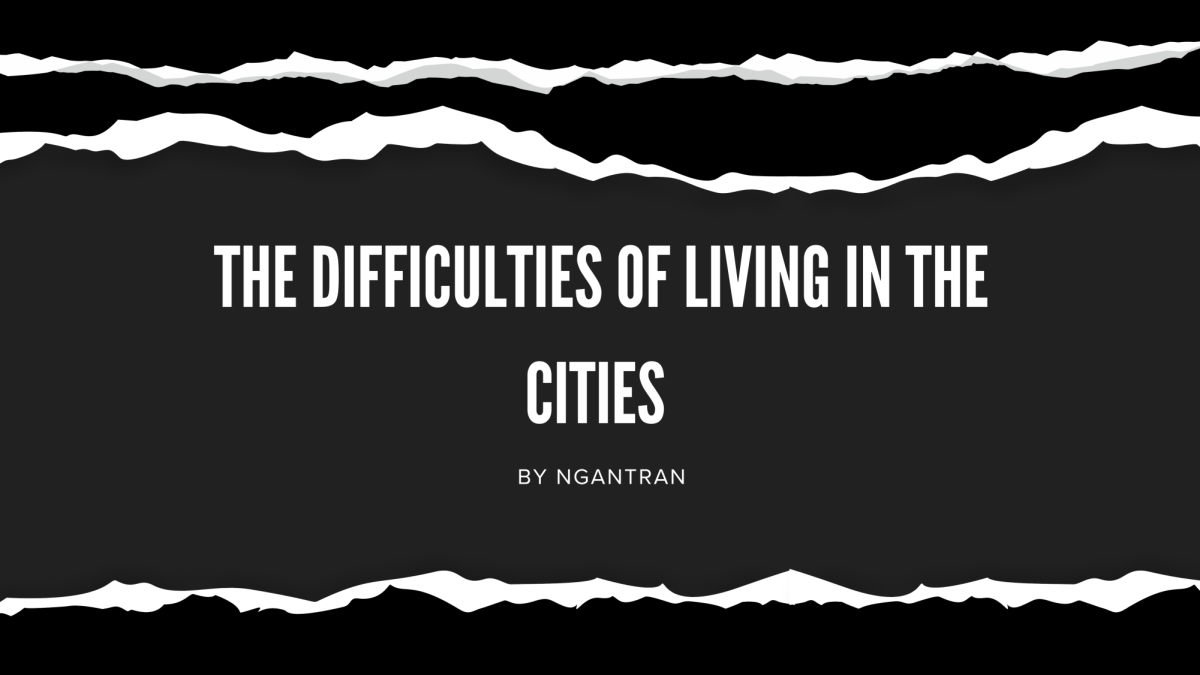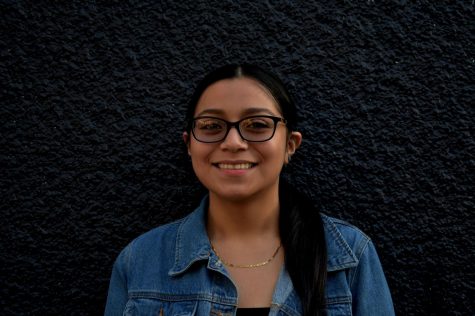Mental health disorders among students are on a high rise. According to the National Alliance on Mental Illness, around 17 percent of students from ages 6-17 years old experience a mental health disorder, and 50.6 percent receive treatment. Although half of them receive treatment, the other half still remains with these conditions on their own. People who live with mental illnesses are sometimes blamed for it, preventing them from seeking out help.
The mental health stigma causes individuals to feel ashamed for an issue that is out of their control. Aside from the symptoms that these illnesses cause, people are also forced to face the misconceptions others judge them on. According to The World Psychiatric Association, the majority of American citizens and Western European nations have stigmatizing attitudes about mental illness, whereas the stigma in Asian and African countries is less evident and almost nonexistent in Islamic societies.
In efforts to break this stigma, The Florida State Board of Education has partnered with Casey DeSantis’ initiative Hope for Healing Florida to require mental health education for students sixth grade and above. “I’m really excited that the program comes from the governor’s wife and that she’s initiating it so she’s taking upon mental health as her initiative. I think that that’s great because we are going to actually see initiatives like we’re seeing now, but I do think it’s long overdue. We look at these situations where students are having difficulty with their mental illness and it’s kind of brushed under the rug or we try to refer them to other people rather than dealing with the problem and providing a network. I think that’s something that’s long been overdue that students have this network of other students but then also as educators, that’s part of our job description that we should help the students if we are going to teach them holistically, so it’s very difficult for a student to learn in a classroom when they are experiencing depression,” mentioned Mr. Gray.
This curriculum will focus on the ‘awareness of signs and symptoms, the process for getting or seeking help for themselves or others, awareness of resources and what to do or say to peers struggling with mental health disorders.’ Florida public schools will be required to dedicate a minimum of five hours of the program annually. At Santaluces, students will learn about this course through their English or Social Studies classes. The administration will track down to make sure that every student participates in this curriculum. Even if the student is absent on the day of the lesson, they will have to make up the hours at home.
AICE and AP Psychology teacher, Mr. Gray stated, “There’s always been this stigma that I think this initiative will begin to eliminate. From this program, I hope that students build strategies to deal with the stressors that they have. I think it’s really difficult for kids in 2020 to be put under these restrictions when we want them to be adults but we don’t give them the freedom of adults, which I think is confusing and stressful in addition to the academic loads that we give them. It’s very different than we were teenagers so we’re expecting so much more of them because we have access to technology and they have the ability to do all these things. By learning these strategies, when students head off to college they’ll know they need to exercise, take time for themselves, and have management and project deadlines so that way they are not pulling all-nighters. I also hope that they receive strategies on how to reduce conflict so that their interactions with people can be more positive. From this, they’ll surround themselves with positive people and will be able to seek that out.”




